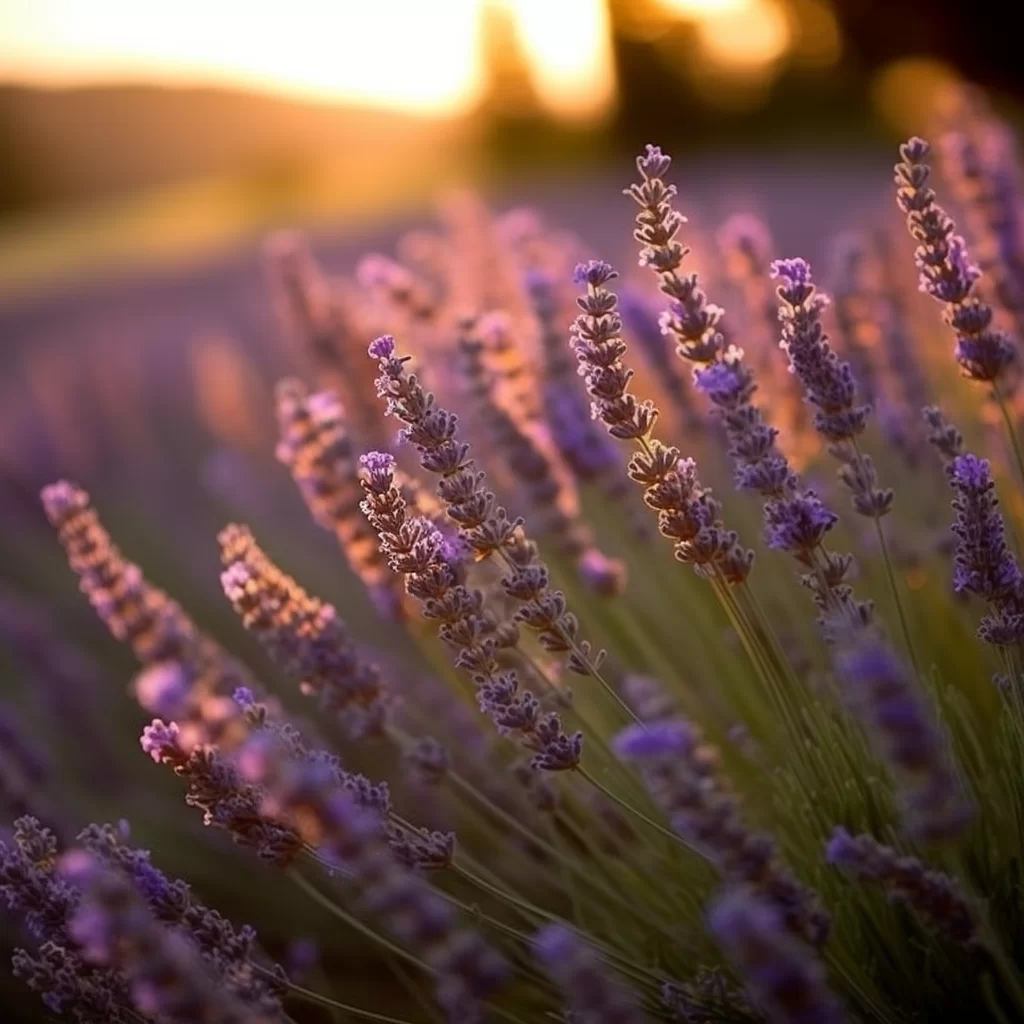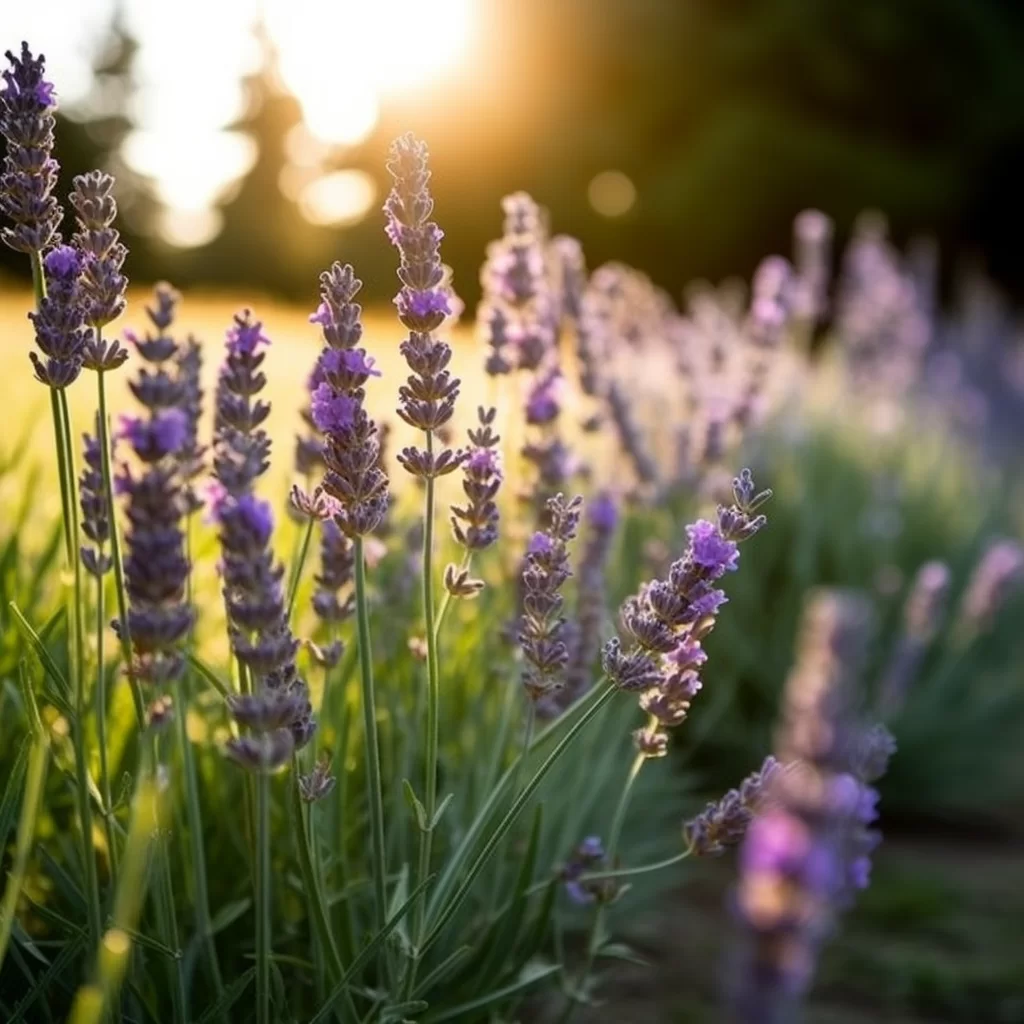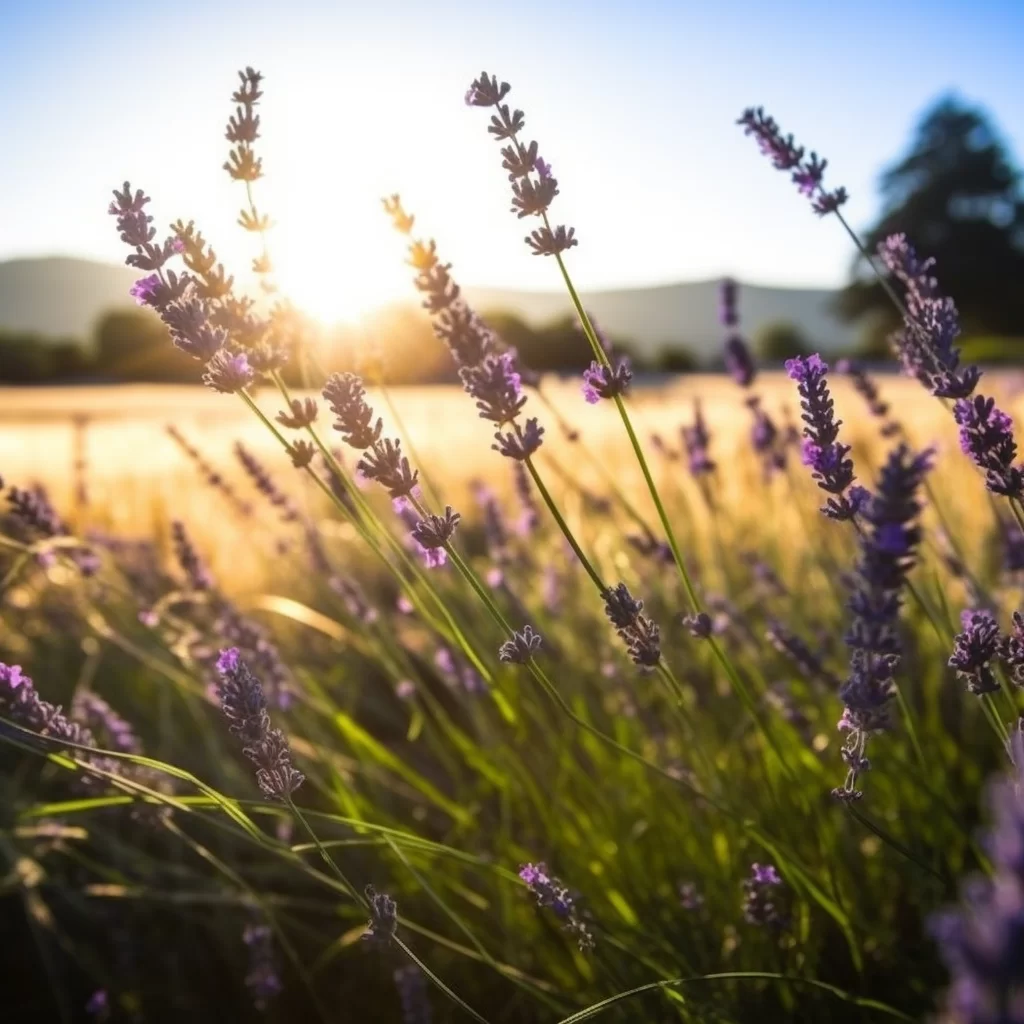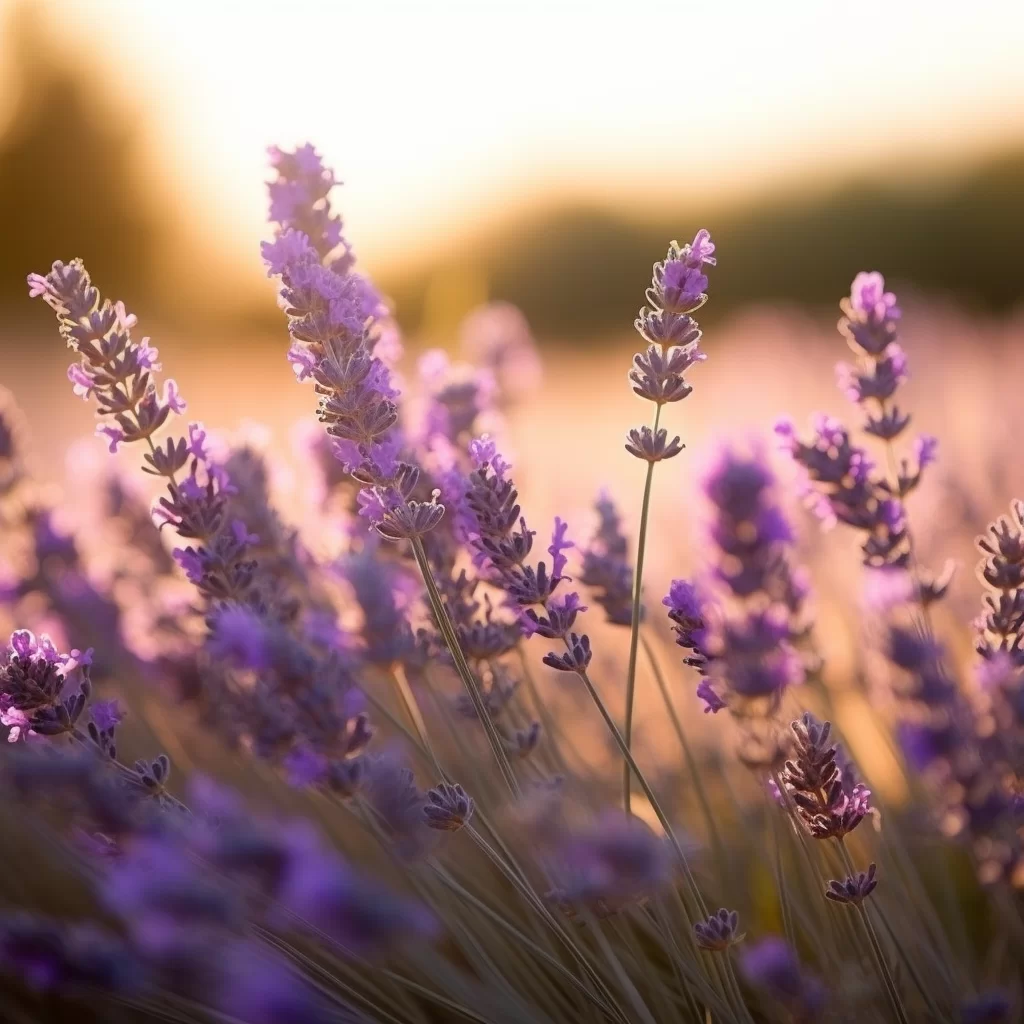Story of Day :
Contents
The Complete Guide to Growing and Caring for Lavender Plants
For those who have a passion for gardening, it’s no secret that successfully growing lavender requires some level of patience and expertise.
However, the rewards are plentiful as this plant not only adds beauty to any garden but is also incredibly flexible in its uses.
From cooking and baking to creating natural beauty products and home remedies, lavender is a multi-purpose plant that can be utilized in various ways.Lavender’s versatility makes it an attractive option for both novice and experienced gardeners alike.
Its soothing fragrance alone makes it ideal for aromatherapy while its medicinal properties make it an effective ingredient in treating minor ailments like headaches, burns, insect bites and insomnia.
Additionally, its culinary uses range from adding flavor to teas and desserts to being used as a garnish or infusion in cocktails or savory dishes like roasted lamb or chicken.
Overall, growing lavender plants can prove to be both rewarding aesthetically as well as practically due to its many applications.
Getting Started with Lavender Planting
Lavender plants are a popular choice for gardeners due to their beautiful flowers and delightful fragrance.
However, these plants require specific growing conditions to thrive.
They do best in soil that drains well and has a pH between 6.5-7.5, as waterlogged soil can cause root rot and other diseases.
Additionally, lavender needs full sun exposure throughout the day to grow strong stems and vibrant blooms.
Although they prefer warm temperatures of at least 60℉ during the day, lavender can withstand cooler temperatures at night. If you’re looking to start your own lavender garden, it’s important to keep these factors in mind when selecting a location for your plants.
If you’re looking to start your own lavender garden, it’s important to keep these factors in mind when selecting a location for your plants.
Choose an area that receives full sunlight and has well-drained soil with the appropriate pH level for optimal growth.
And don’t worry too much if nighttime temperatures drop – as long as daytime conditions remain warm enough, your lavender should continue to flourish! With proper care and attention, you’ll soon be enjoying the beauty and aroma of your very own thriving lavender plants!
- Choose a spot in your garden where the soil drains well
- Clear the area of weeds or other debris
- Add compost or other organic matter to improve soil quality
- Dig holes about twice as wide as the root ball of your lavender plant
- Plant your lavender about 18-24 inches apart
- Cover with soil making sure not to over-bury the stem or foliage
Caring for Your Lavender Plants
If you’re looking for a plant that requires minimal upkeep but still provides beautiful blooms and a lovely scent, then lavender might just be the perfect choice for you.
Generally speaking, lavenders are low maintenance plants that don’t require much attention from their caretakers.
However, taking the time to provide proper care can help ensure that your lavender thrives and remains healthy in the long run. To keep your lavender looking its best, it’s important to follow a few simple tips.
To keep your lavender looking its best, it’s important to follow a few simple tips.
First and foremost, make sure your plant is getting enough sunlight – at least six hours of direct sunlight per day is ideal.
Additionally, avoid over-watering your lavender; these plants prefer dry soil so only water when the top inch or so of soil feels dry to the touch.
Lastly, pruning can help keep your lavender bushy and encourage new growth – aim to trim back about one third of each stem after flowering has finished for the season.
By following these guidelines, you’ll be able to enjoy beautiful blooms from your lavender year after year!
- Watering: Only water when necessary, preferably early morning before temperature rise If potted make sure drainage holes aren’t clogged,.

- Pruning: Cut back the plant by 1/3 after blooming to encourage new growth and prevent woody stems
- Fertilizing: Lavender plants do not need a lot of fertilizer; however, a small amount of slow-release fertilizer can be added in the spring to encourage growth
- Deadheading: Remove spent blooms frequently to extend flowering time
- Pest Control: Lavender is susceptible to aphids, spider mites and other pests.
Use insecticidal soap or horticultural oil for pest control.

Are you curious about how lavender is harvested? Lavender is typically harvested in the early morning when the dew has dried but before the sun gets too hot.
The best time to harvest lavender is when about 1/3 of the flowers on the stem have opened up, which usually happens in late June or early July.
Depending on where you live and what variety of lavender you are growing, this timeline could vary by a few weeks.
Once it’s ready to be harvested, cut off individual stems at least 12 inches long with pruning shears or scissors.
It’s important not to cut too close to the ground as this can damage the plant and make it more susceptible to disease. After harvesting your lavender, it’s time to dry it out! This process can take anywhere from several days up to two weeks depending on temperature and humidity levels.
After harvesting your lavender, it’s time to dry it out! This process can take anywhere from several days up to two weeks depending on temperature and humidity levels.
You’ll want to hang your harvested stems upside down in a cool, dark place with good air circulation until they’re completely dry and crisp – this ensures that all moisture has been removed from each flower head.
Once dried, gently remove the buds from each stem by running your fingers down them or using a comb-like tool called a “stripper.” Now you have fragrant dried lavender buds ready for use – whether for aromatherapy purposes or even culinary applications like infusing sugar or making tea!
Lavender is a popular herb that blooms in lovely shades of purple and blue.
When it comes to harvesting lavender, timing is the key to obtaining the highest quality essential oils.
Ideally, you should begin harvesting lavender when the flowers have started opening up but are not yet fully bloomed.
This stage is known as “early bloom” or “bud stage.” During this period, the essential oils are more concentrated and potent than when fully open.Harvesting lavender at the right time ensures that you extract high-quality oil with a sweet fragrance and therapeutic properties.
It also safeguards against wasting your effort by collecting less potent oil from overripe flowers.
In conclusion, wait until the buds start opening before harvesting your lavender plants for optimal results if you’re looking for an effective natural remedy or simply want to enjoy its lovely scent in your home decor.
- Harvest lavender early in the day when it’s still cool out
- Cut just below where the foliage ends on each stem.
This will ensure that new growth will come from lower on the plant next year.
- Bundle several stems together and tie with twine or rubber bands at their base
In Conclusion
If you’re looking for a plant that not only looks lovely but also smells amazing, then lavender might be the perfect choice for your garden.
While growing lavender can be fascinating and gratifying, it’s essential to understand how to take care of it properly.
With the right knowledge and approach, you can ensure that your lavender plants thrive and bring delight to your garden.By following some simple tips, you can transform your garden into an aromatic paradise.
The key is to provide adequate sunlight, well-draining soil, and proper watering.
Lavender prefers bright sunlight and requires at least six hours of direct sun each day.
It also thrives in light soil with good drainage.
Overwatering or allowing water to collect around the roots may cause decay or root rot in the plants; therefore, it’s crucial not to overwater them.
With these easy steps in mind along with a bit of patience and love for gardening, growing vibrant lavender has never been easier!